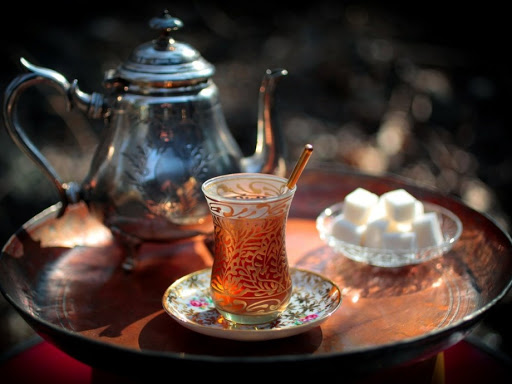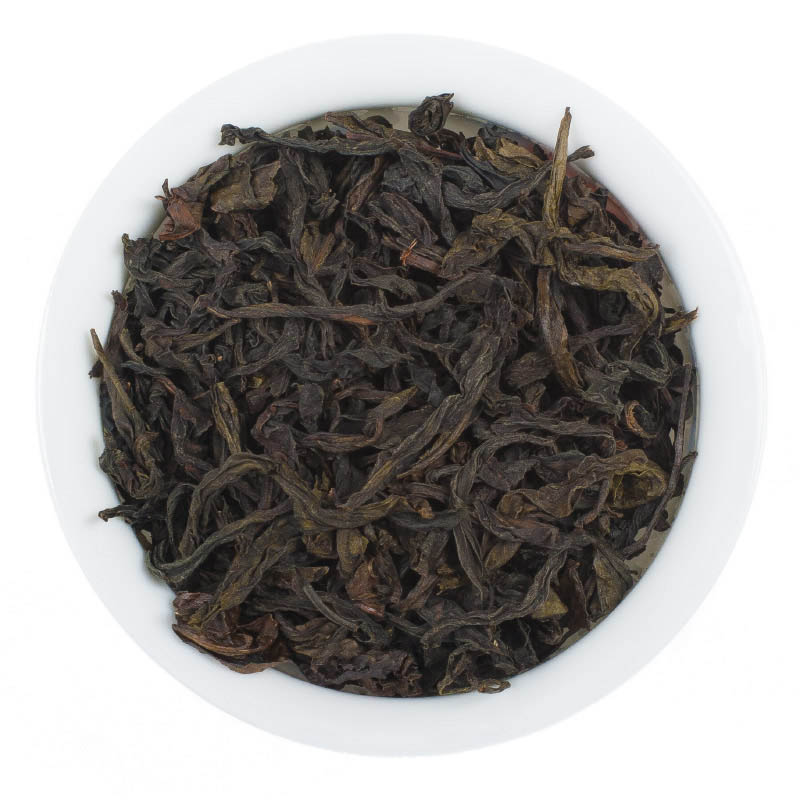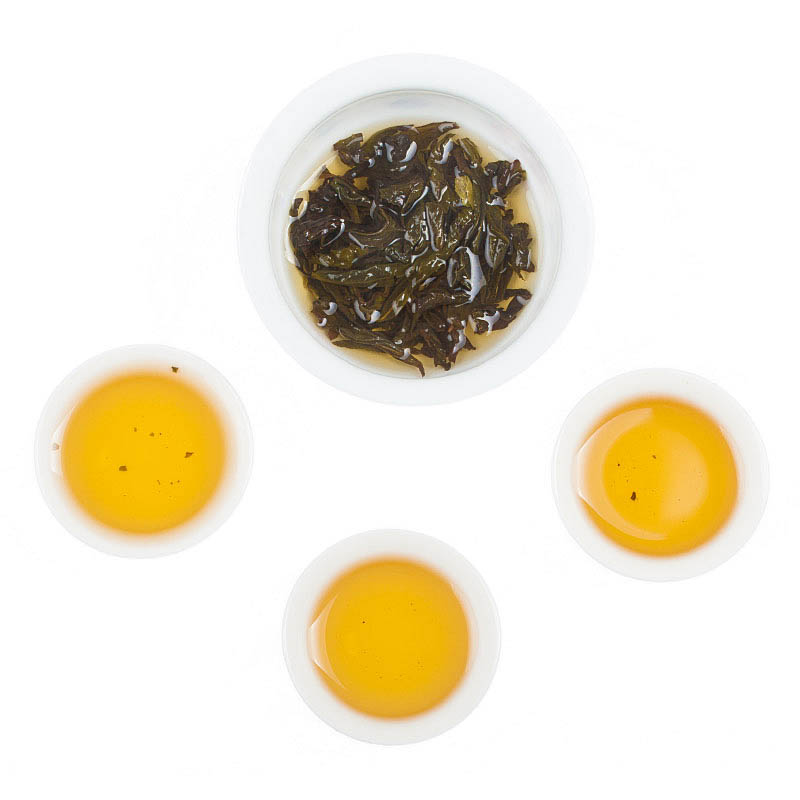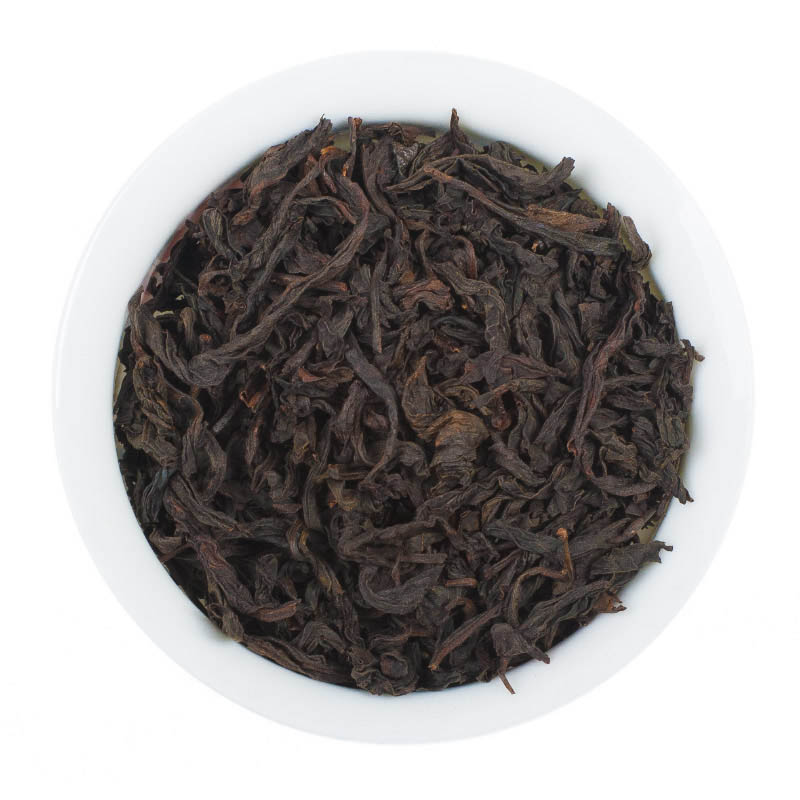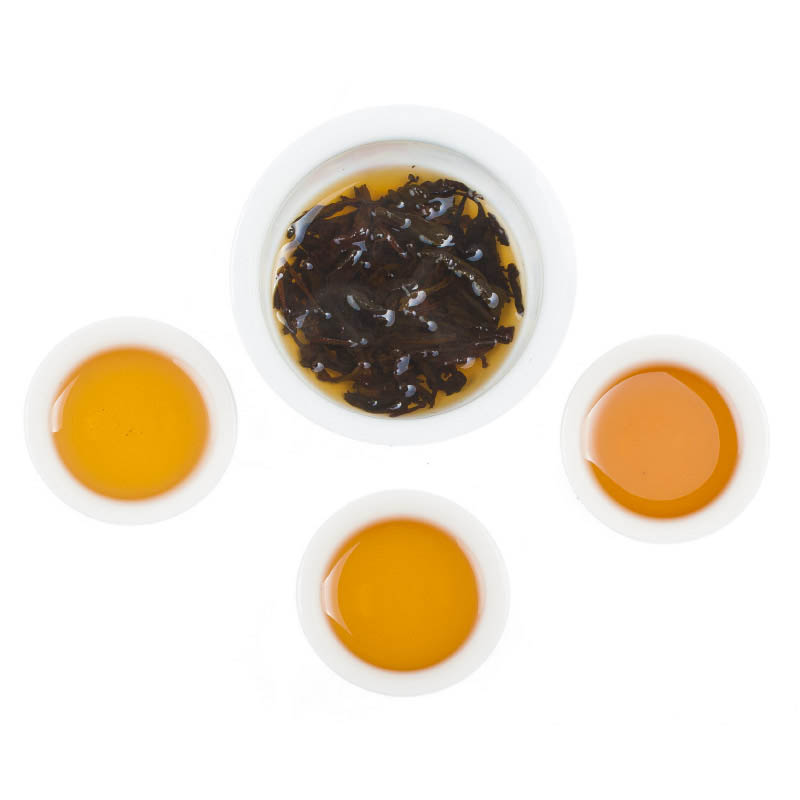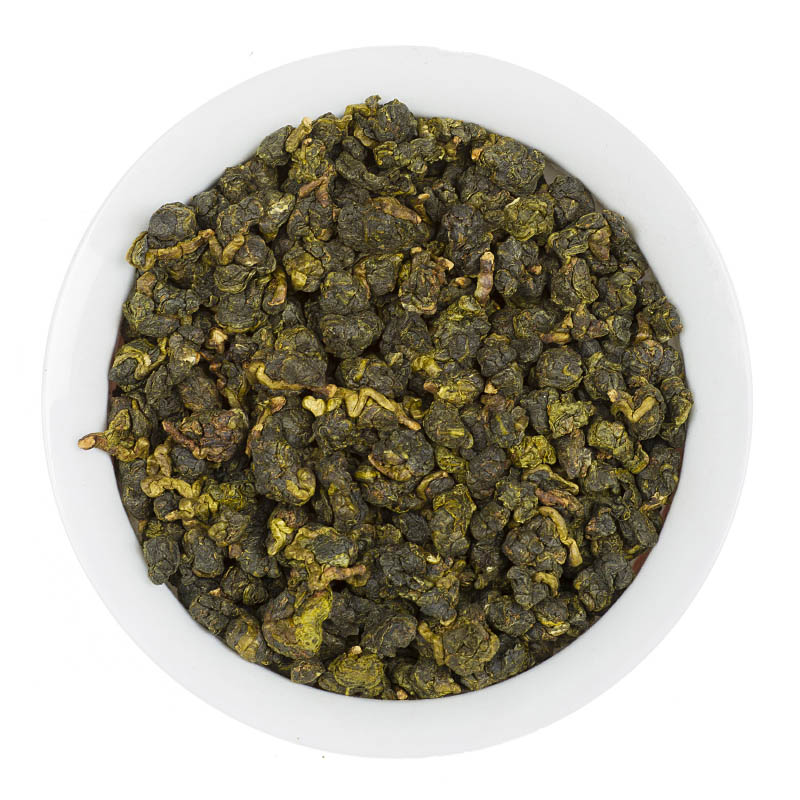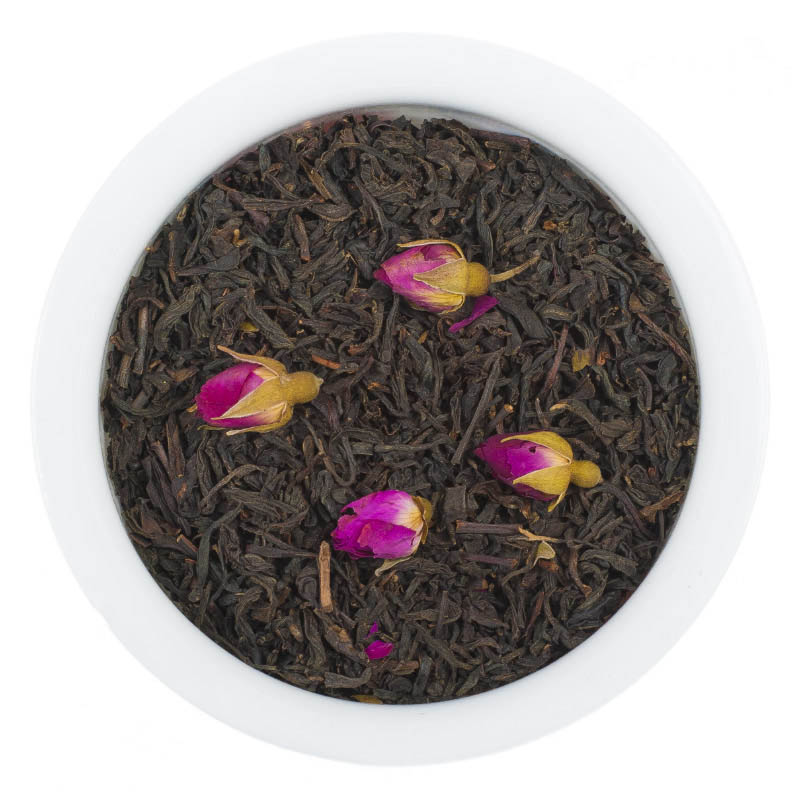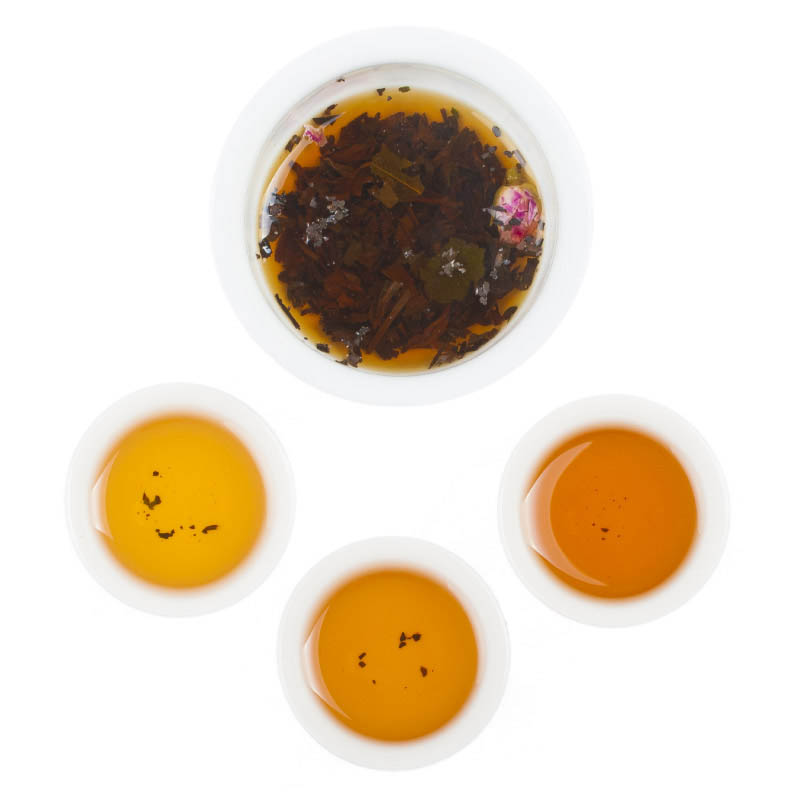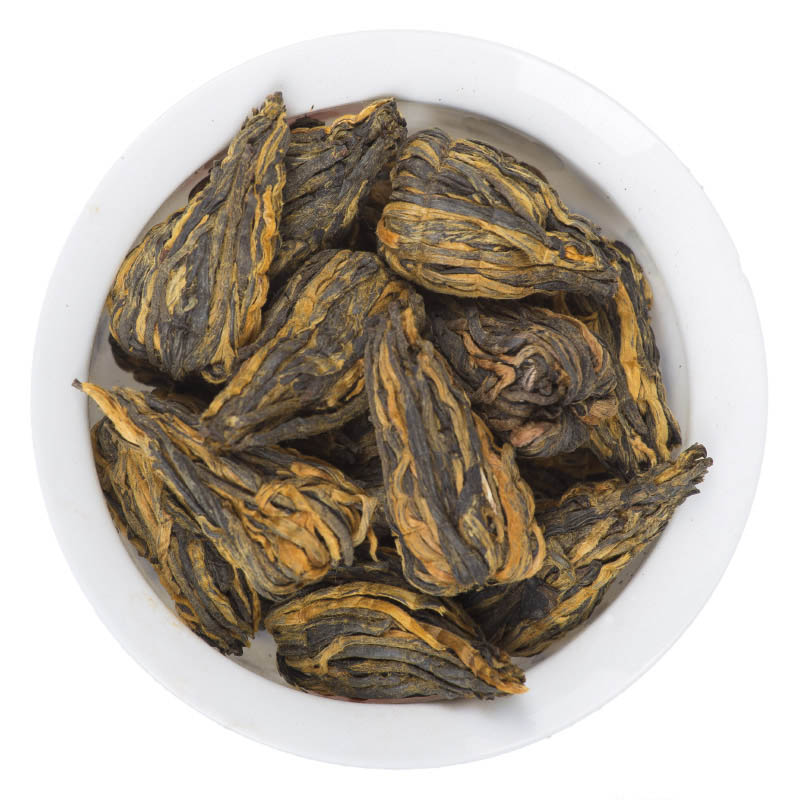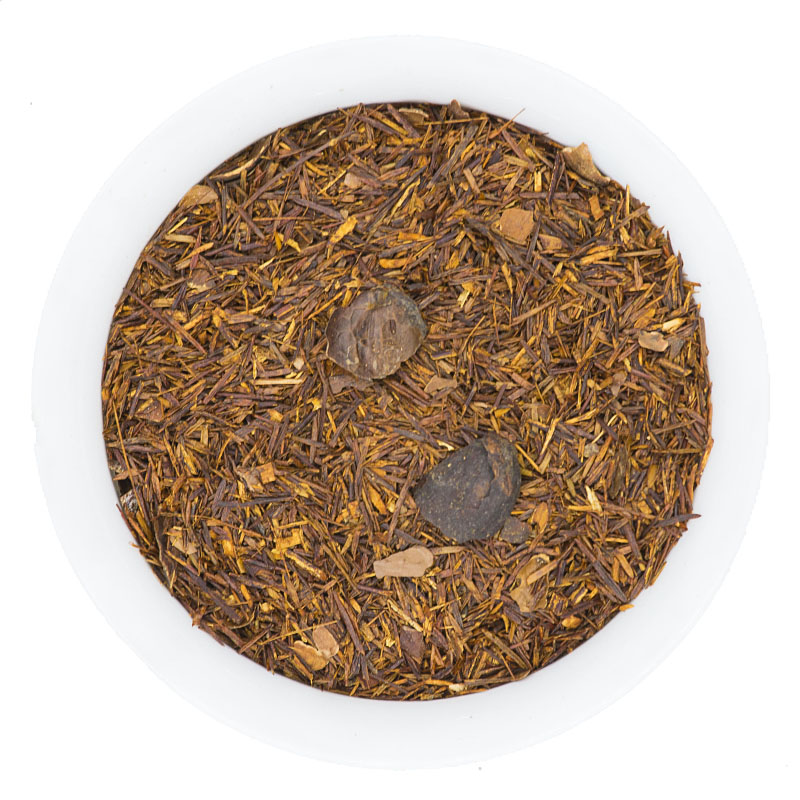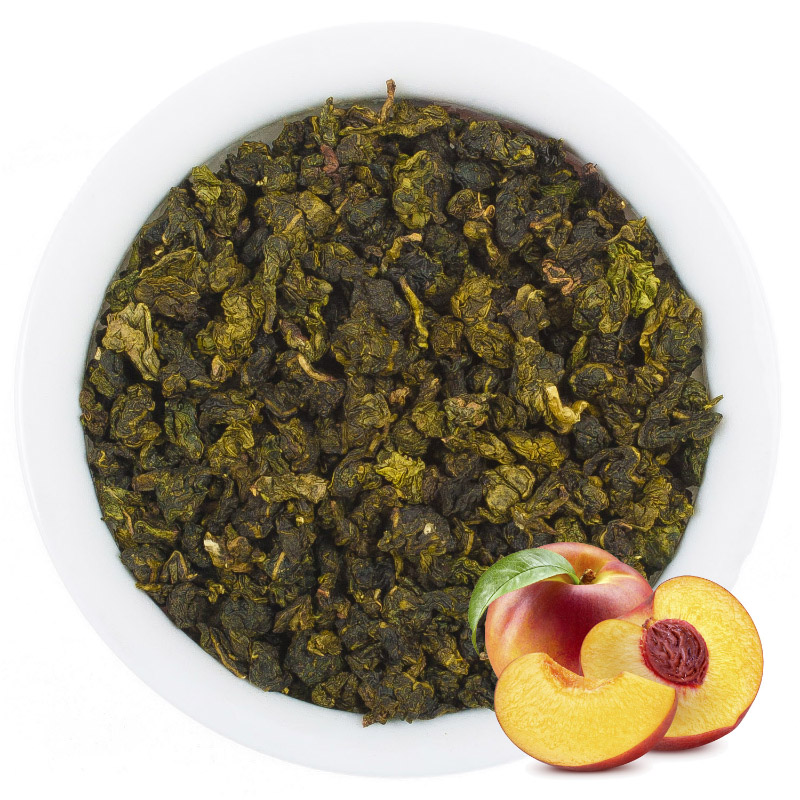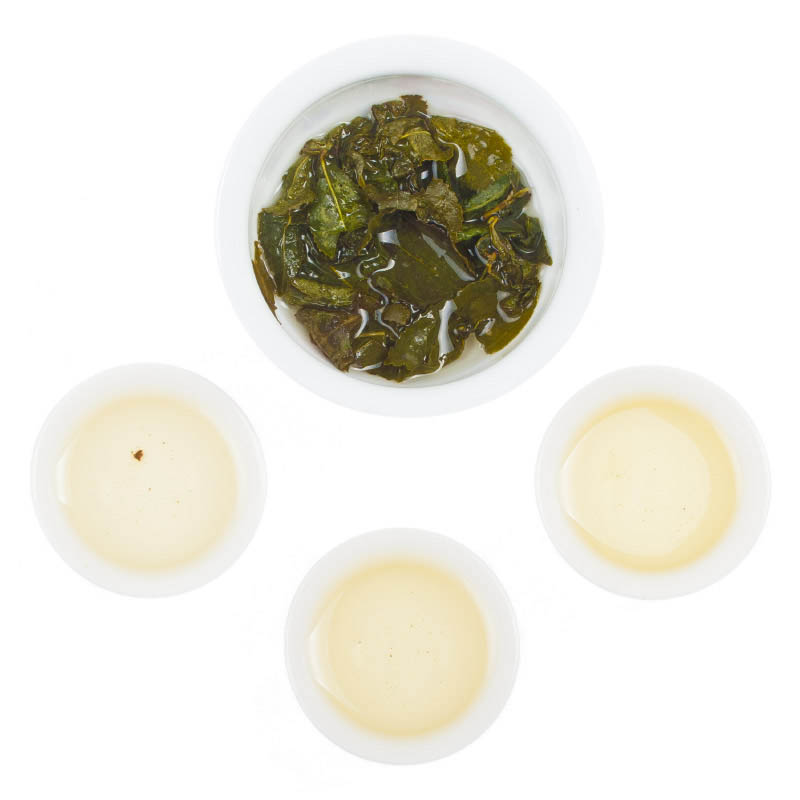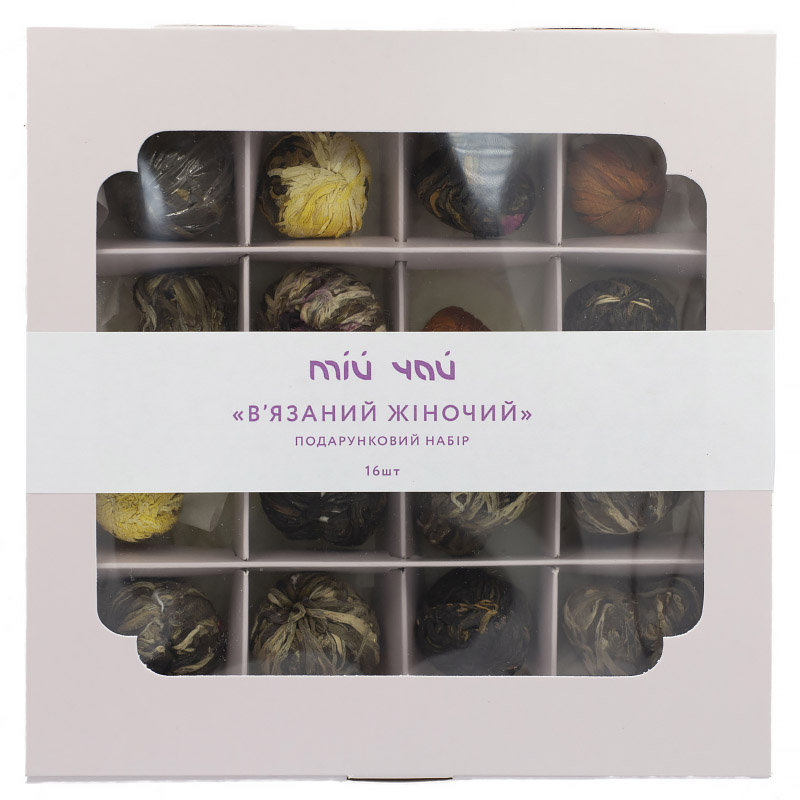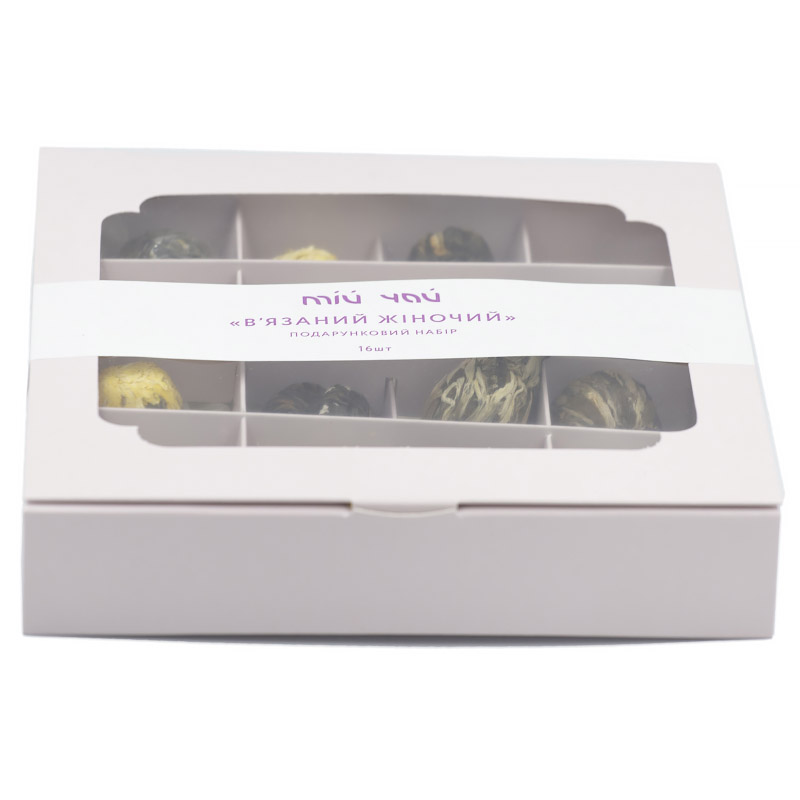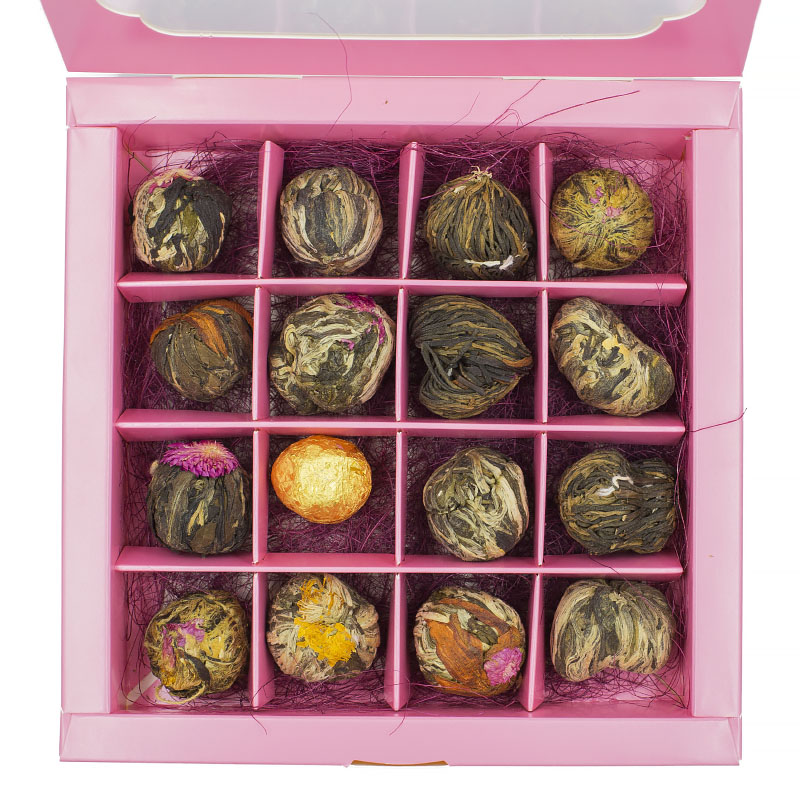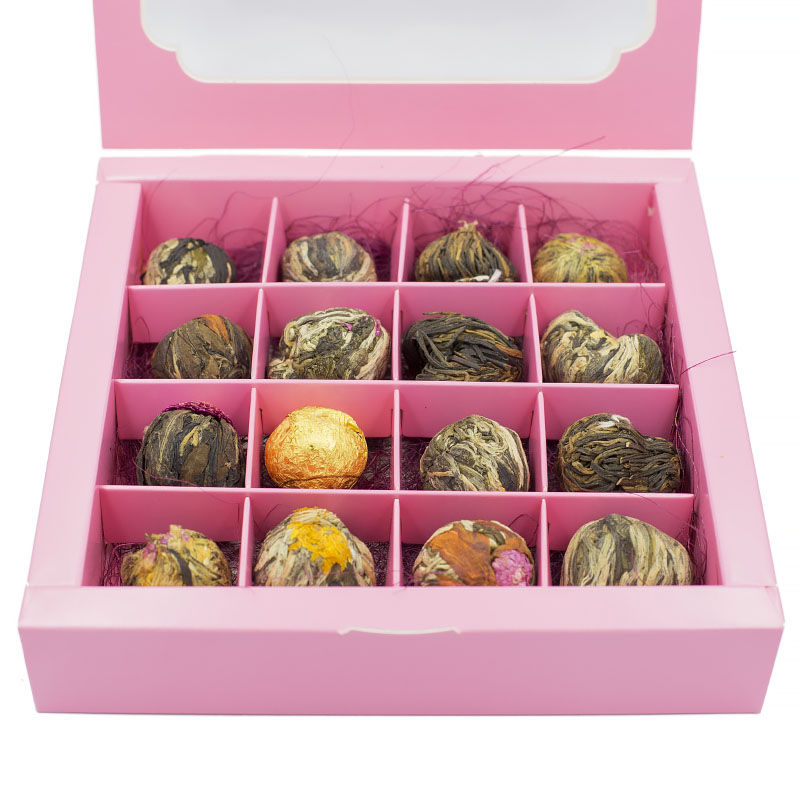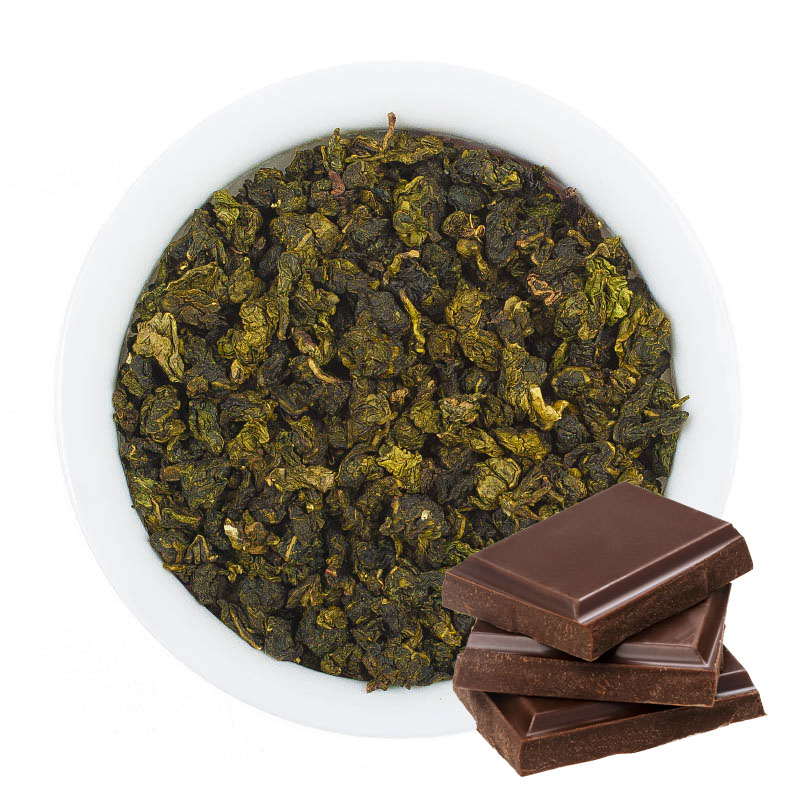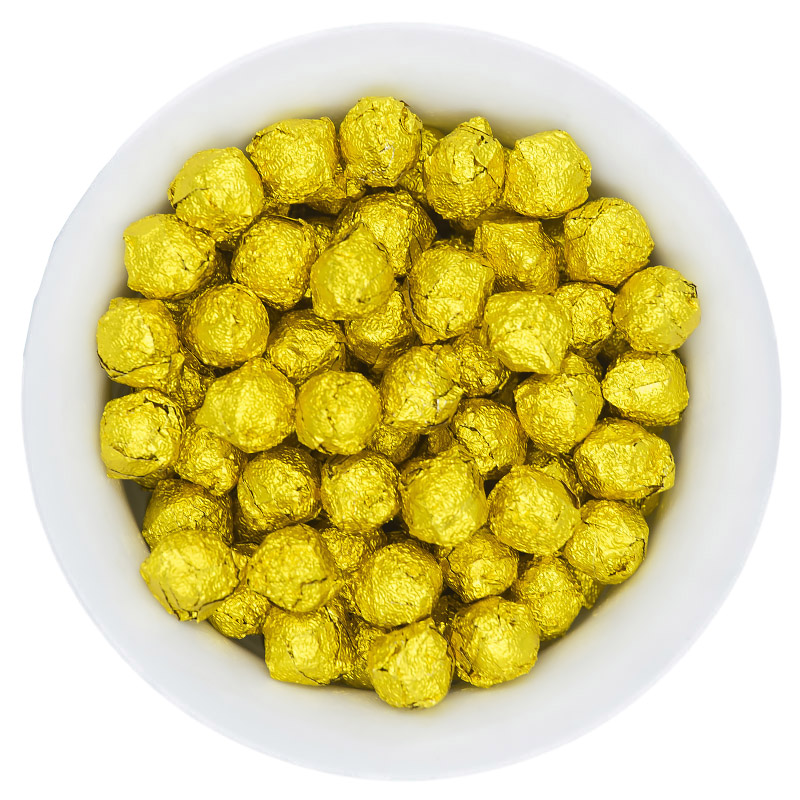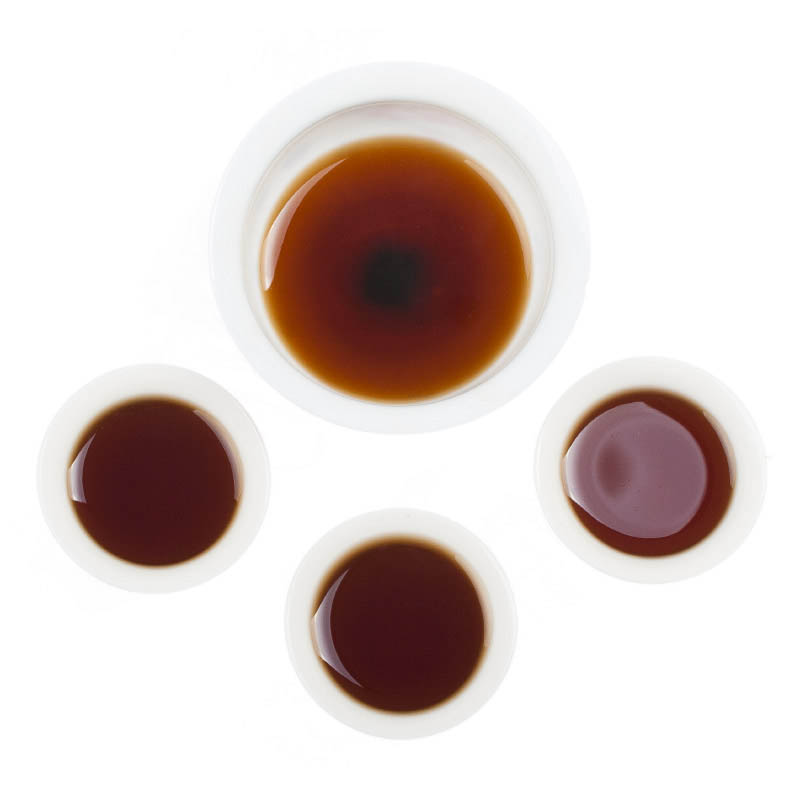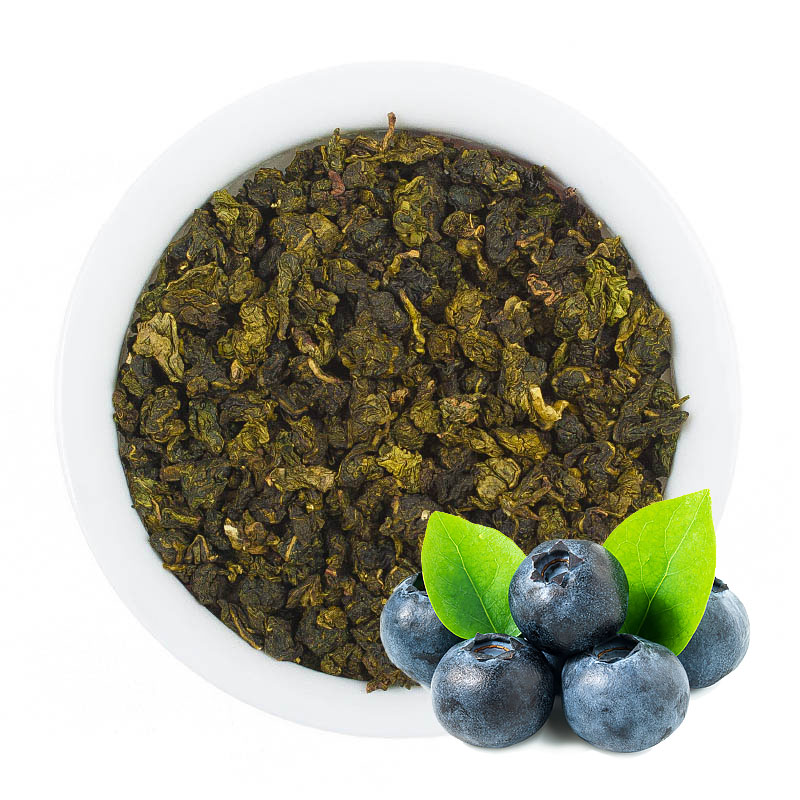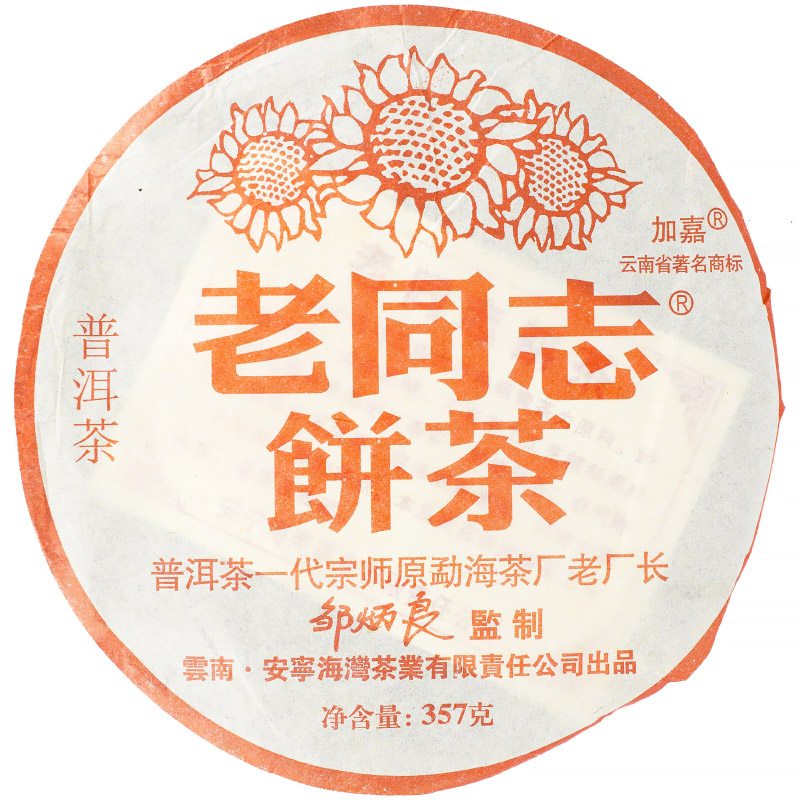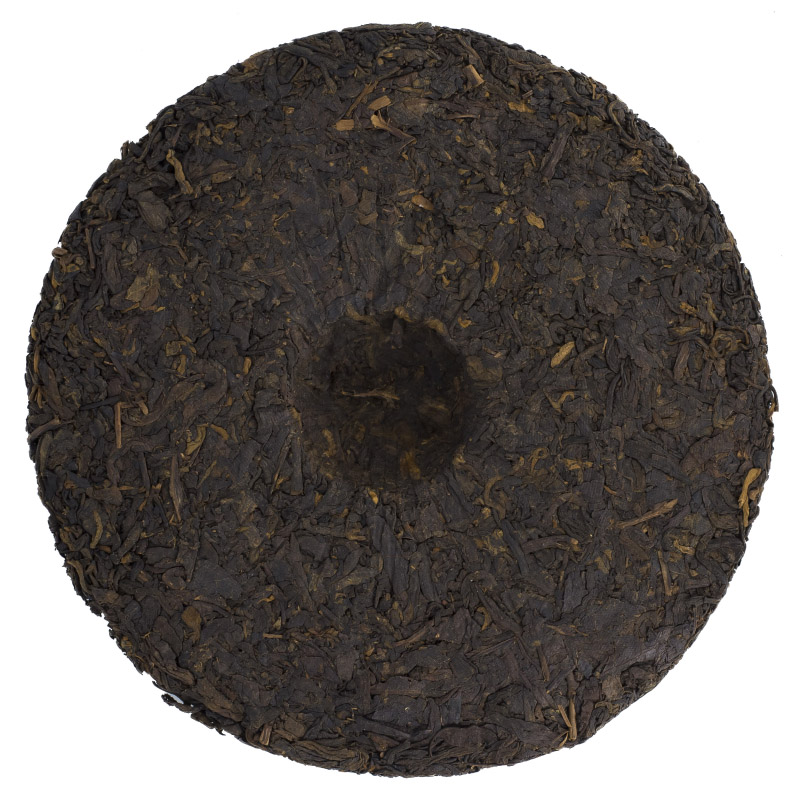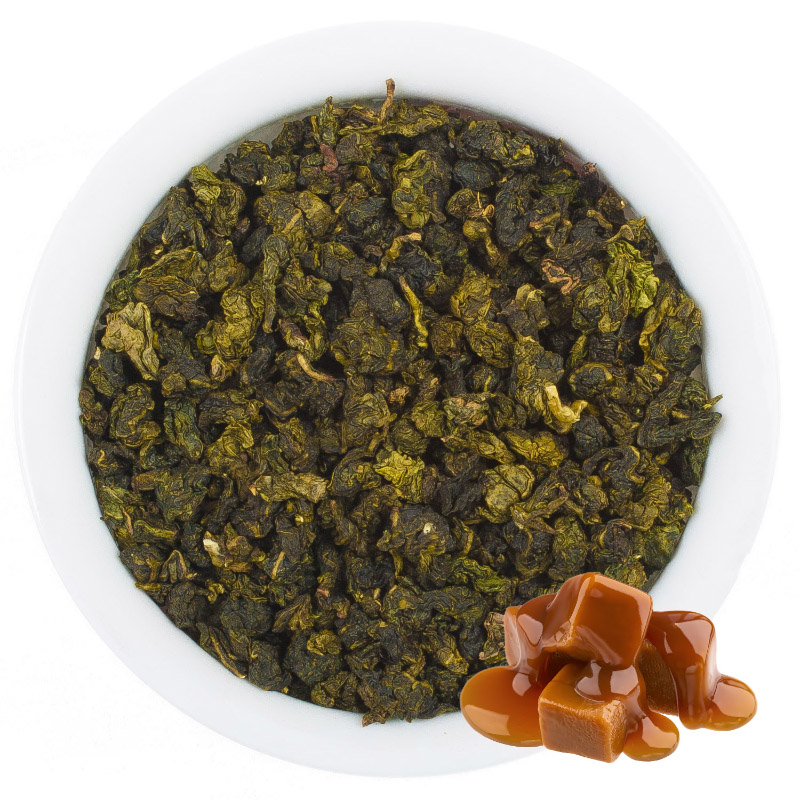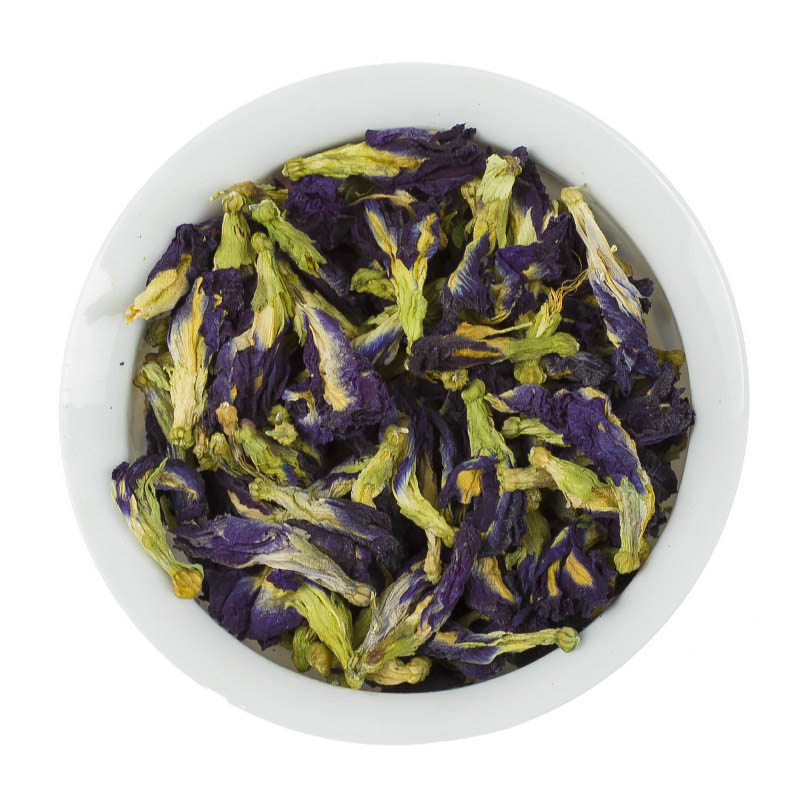Tea can be called the most consumed beverage in the world, second in popularity only to water. There are many varieties of tea, each with its own characteristics and advantages. Whether to choose black, green, or red tea is a matter of personal preference.
The origin of tea and other interesting facts
The tradition of tea ceremonies originated in the East. The first people to taste tea were the Chinese, who immediately appreciated its exceptional flavor. Although some believe that tea originated in India, there is a wealth of evidence to the contrary. Scholars claim that the history of tea in China spans at least three millennia.
Initially, tea was used as a medicine. It became widely consumed during the reign of Chinese Emperor Tang and his successors. Soon, tea drinking became a common practice. The drink is valued for its:
- Excellent flavor.
- Invigorating and energizing effect.
- Health benefits.
If you drink tea daily, avoid overconsumption – in moderation, tea is only beneficial for the body.
More than 3 million tons of tea are produced globally every year. Most of it is harvested in China, followed by India and Kenya.
Until the second half of the 19th century, tea was produced exclusively in China.
The most popular variety is black tea, although the Chinese themselves rarely drink it. They prefer green varieties.
Despite being a major tea producer, India’s population generally prefers coffee.
The Chinese drink tea hot and without sugar, believing that additives alter its natural taste. The Japanese adopted traditional Chinese tea ceremonies, which have become a true art form.
Black tea contains only 3–5 calories per 100 g (if consumed without additives), and green tea contains just one. Honey can significantly increase the calorie count.
In addition to its rich taste, tea is also excellent at quenching thirst. It’s the oldest beverage in the world and is known for its health benefits. It helps regulate blood sugar and reduces the effects of stress.
In Russia, tea became known in the 16th century and was first imported from China in the 17th century. 98% of Russians drink tea, making it more popular there than in any country except China, India, and Turkey.
Ceylon tea is widely popular today, though Sri Lanka originally had coffee plantations. After a fungal disease wiped them out, the country turned to tea production.
Tea leaves are harvested and sorted by hand — a labor-intensive and repetitive job. It takes about 4 kg of leaves to produce 1 kg of tea.
Both green and black tea come from the same plant, but the processing methods differ. Green tea is fixed with steam at 170–180°C. Oxidation lasts no more than two days, after which the leaves are heated to stop the process. Black tea undergoes full fermentation, which takes 2 to 4 weeks.
Instant tea is called extracted tea — it doesn’t require brewing.
Long before the 19th century, compressed tea bricks were used as currency. These were made from leftover tea production materials, so the resulting drink was of low quality.
It is estimated that there are about 1,500 types of tea. They are categorized into six main groups, each with its own production and consumption characteristics. Black and green teas are the most popular. There are also white, yellow, and red varieties. Post-fermented teas form a separate category.
Tea is a complex and sometimes contradictory beverage. Even a single variety can taste different depending on many factors — temperature, water source, and steeping time.
In China, it is recommended to use fresh water from natural sources for brewing tea. Considering today’s environmental concerns, clean spring water is the best option.
In Europe, tea’s greatest admirer was King Louis XIV. He learned that the Chinese used tea to protect against various ailments. It helped him overcome gout.
The Swiss were the first to drink tea cold — it’s a great thirst-quencher and is now sold in bottles.
China is the only country that produces white, yellow, and red teas, as well as post-fermented varieties.
International Tea Day is celebrated on December 15.
Today, tea is available in any store, and the variety on offer is truly impressive. Some people prefer traditional tea, while others enjoy flavored blends.
